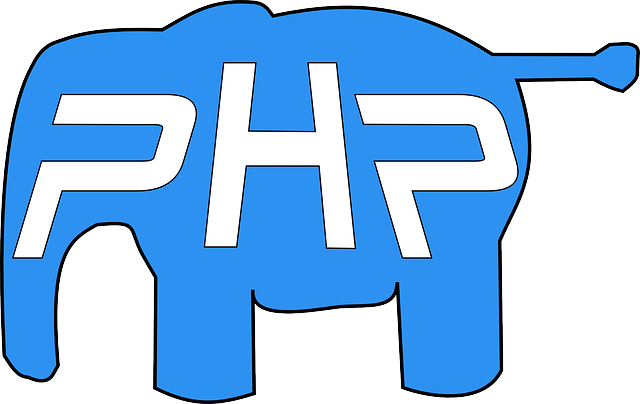Introduction:
PHP is a server-side scripting language used for web development.
It stands for Hypertext Preprocessor and was originally created in 1994 by Rasmus Lerdorf.
Since then, it has evolved and become one of the most widely used languages for building dynamic websites and web applications.
In this blog, we’ll take a closer look at PHP, its history, its uses, and its advantages.
History of PHP:
PHP was initially created by Rasmus Lerdorf in 1994 as a set of Common Gateway Interface (CGI) scripts.
These scripts were used to track visitors to his personal website.
Later, he added more functionality and released the code as “Personal Home Page Tools” (PHP Tools).
In 1997, two developers named Andi Gutmans and Zeev Suraski rewrote the code and released it as PHP 3.
This version included support for forms, cookies, and databases, making it suitable for building dynamic websites.
The release of PHP 4 in 2000 introduced improved performance and additional features such as sessions and object-oriented programming.
PHP 5, released in 2004, included significant improvements to the language, such as better support for object-oriented programming and improved error handling.
The latest major version of PHP, PHP 7, was released in 2015 and introduced significant performance improvements and new features such as scalar type declarations.
Uses of PHP:
PHP is primarily used for server-side web development.
It can be used to build dynamic websites, web applications, and content management systems (CMS) such as WordPress and Drupal.
Some popular websites built with PHP include Facebook, Wikipedia, and Yahoo.
PHP can also be used for command-line scripting, desktop applications, and game development.
Its versatility and ease of use make it a popular choice for developers.
Advantages of PHP:
- Easy to Learn and Use:
PHP is a straightforward language to learn, especially for those who are already familiar with programming concepts.
It has a simple syntax that is easy to read and understand.
It also has a vast community of developers who provide helpful resources and support.
- Flexibility:
PHP can be used with many different web servers, operating systems, and databases.
It also supports many different programming paradigms, including procedural, object-oriented, and functional programming.
- Cost-effective:
PHP is an open-source language, which means it is free to use and distribute.
This makes it an attractive option for businesses and organizations looking to develop web applications on a budget.
- Speed and Performance:
PHP has a reputation for being a fast language.
With the release of PHP 7, the language has seen significant performance improvements, making it even faster and more efficient.
- Large Community and Resources:
PHP has a vast and active community of developers who contribute to open-source projects and provide support and resources for others.
This makes it easy for developers to find solutions to problems and get help when needed.
Conclusion:
PHP is a versatile and widely used language for web development.
Its history has seen it evolve from a set of simple CGI scripts to a powerful and efficient language that can be used for a variety of applications.
Its ease of use, flexibility, and cost-effectiveness make it an attractive choice for developers and businesses alike.
With its active community and resources, PHP is likely to remain a popular language for many years to come.
